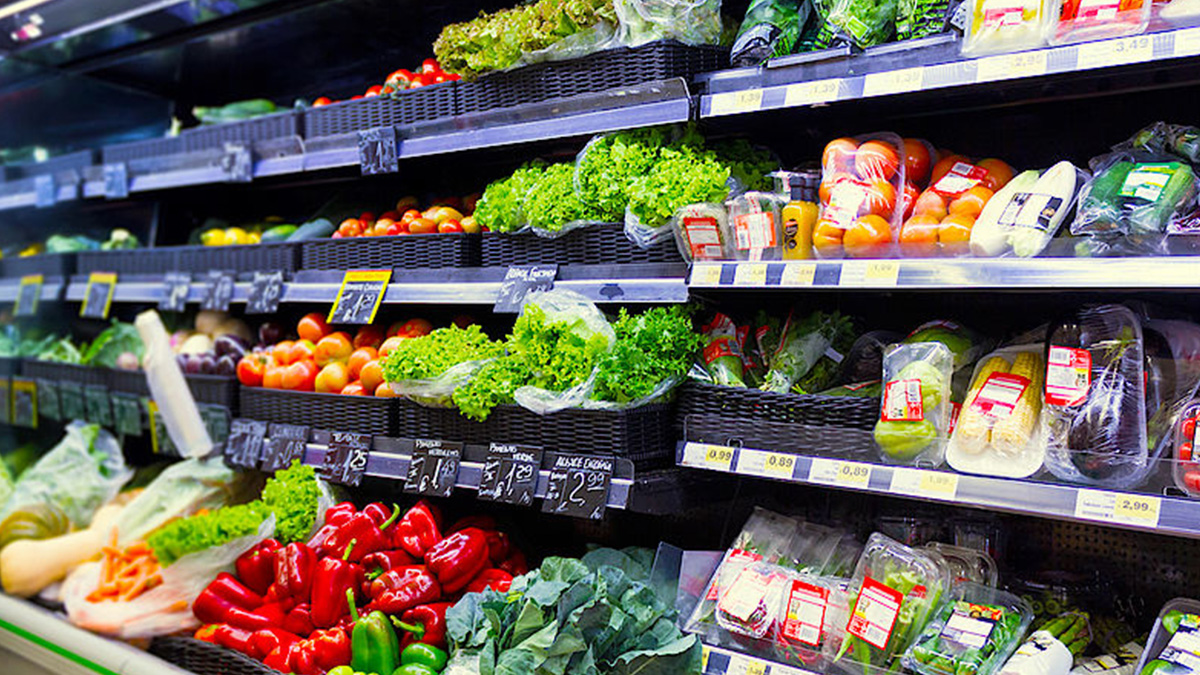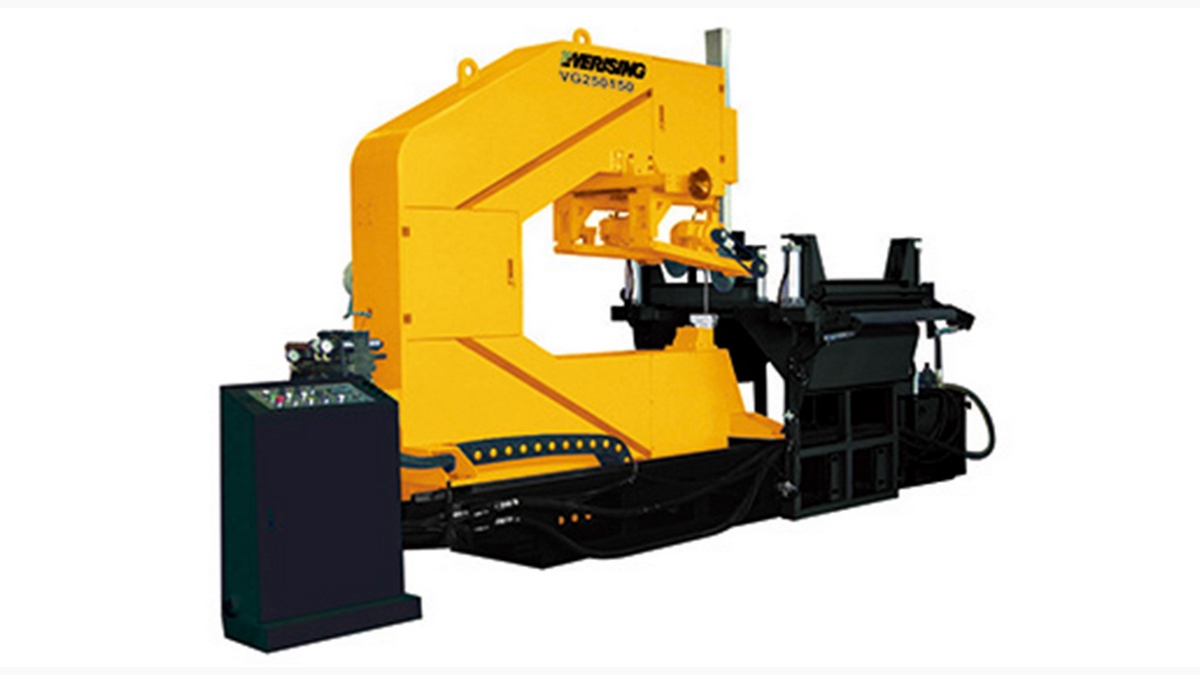Food safety issues have always been the focus of social concern, and various countries and organizations have also put forward relevant food safety regulations and testing standards to ensure the health and safety of food processing and food processing technology engaged with it.
Food Processing Industry
Food safety issues have always been the focus of social attention, and the public sees the importance of the need for food safety and control. The food processing industries pay close attention to the supervision of food safety, as it helps promote the improvement and development of food processing technology.
Traditional agricultural foods often use various processing methods such as high-temperature heating, drying, and the use of food additives to sterilize or inhibit the growth of microorganisms. This will extend the shelf life and improve the different flavors and shapes of the products. The texture, taste, and nutrients of natural food materials will be preserved. High-pressure processing technology (HPP processing) is a non-heat treatment, food processing technology. It is applied to the processing of agricultural products. In addition to reducing the loss of nutritional value, functional ingredients, and freshness during the sterilization process, it can also remove harmful pathogens and improve the safety and preservation of agricultural foods. Thus, HPP food processing is an easy to use and effective processing method.
What Is High-Pressure Processing Technology?
HPP processing is a novel, non-thermal food processing technology that seals the food in a soft packaging material at room temperature. Microbes and enzymes in the food are destroyed at an ultra-high pressure of 100-600MPa. Live, high-pressure processed food can maintain the original flavor and nutritional value, extend the shelf life of cold storage, and have the same level of food safety as traditional heat sterilization methods. It has been listed by the US Food and Drug Administration as a substitute for Pasteurization's non-pasteurization technology.
A. Principles of high-pressure processing technology
The application principle of high-pressure processing technology is to place sealed or packaged food in a closed, heat-insulated container and use liquid as the pressure transmission medium (water) to apply an ultra-high pressure of 100-600MPa at room temperature. The pressure is uniform so achieves uniform sterilization. The sterilization effect is not affected by the shape and size of the packaging, so foods of different sizes can be processed in the same batch. The microbiological safety of the food can be maintained without adding preservatives, and the food can be further processed. Products retain the natural flavor and nutritional value of the original ingredients, so high-pressure processing technology can be called a light processing technology. Compared with traditional thermal processing technology, high-pressure processing technology operates at room temperature, avoiding energy consumption for heating and subsequent cooling. The food is in packaged form and will not directly contact the processing equipment, avoiding secondary contamination after sterilization. The pressure transmission medium can also be recycled and reused after processing. HPP has the advantages of low energy consumption and low pollution, so is a relatively friendly processing technology for the environment.
B. Development and application of high-pressure processing technology
High-pressure processing technology was discovered when researchers found that egg protein will coagulate under high pressure. High pressure can destroy or form non-covalent bonds such as hydrogen bonds, ionic bonds, and hydrophobic bonds in agricultural food ingredients. The mechanism of sterilization includes the destruction of microbial cell membranes, denaturation of proteins required for microbial growth, destruction of DNA transcription, and solidification of phospholipids on cell membranes, etc. Major changes in the growing microbial cells will have sterilization effects on agricultural food. These effects include enzyme inactivation, starch gelatinization, and a reduction of microbial activity, thereby extending the product's shelf life.
High-pressure processing technology mainly uses liquid as the medium to transfer pressure. Agricultural food that has been sealed and packaged is subjected to physical sterilization in an ultra-high-pressure environment with appropriate temperature and time. Compared with heat sterilization technology, high-pressure sterilization is more effective and the physical properties of the product are kept relatively intact. It has very little effect on vitamin destruction, foreign body formation or texture.
In advanced countries such as Europe and the United States, high-pressure processing technology has long been used in various processed foods, including ham, smoked beef bacon, and sausages. Aquatic products include oysters, lobsters, cod, and shellfish. The United States uses High-pressure sterilization in vegetable and fruit products, including guacamole and sauces. High-pressure sterilization products such as soy products, jams, and juices have been launched. At present, industries in Taiwan's have introduced high-pressure processing technology in the processing of vegetable juice, OEM meat products, and other customized processed products.
C. Application limitations of high-pressure processing technology
Although high-pressure sterilization has good prospects in agricultural food processing, it also has potential limitations. For example, high-pressure sterilization can only inhibit part of the enzyme activity and foods must be stored at a low temperature to extend its shelf life. High-pressure sterilization for products with low water content gives poor sterilization. It must be combined with other preservation techniques such as high sugar and high salt to achieve significant effects. High-pressure sterilization cannot produce a browning aroma or appearance. For some products, it cannot provide sensory effects to improve appearance and smell.
Food Science and Technology Development
The application of high-pressure processing technology is a new challenge for food research and development personnel, whether it is the basic principle of sterilization, the design and verification of sterilization conditions, the control of the impact on product quality, the maintenance and repair of equipment, or even cost control. However, high-pressure sterilization technology can meet the needs of the industry in the improving of product quality and safety, and prolonging storage lifetime. Whether it is cooked food or fresh food, there are many opportunities for innovation.
In recent years, global health awareness has risen, and foods tend to be healthy and additive-free. HPP processing sterilization can achieve sterilization and retain flavor and nutrition. This technology has also brought potential for development in the fresh food and food technology industry. By introducing various novel processing technologies and preservation methods, such as high-pressure processing and sterilization, and developing innovative products to meet consumer demand, HPP will help product market segmentation and create revenue growth in the food processing and sales market.








.png)





